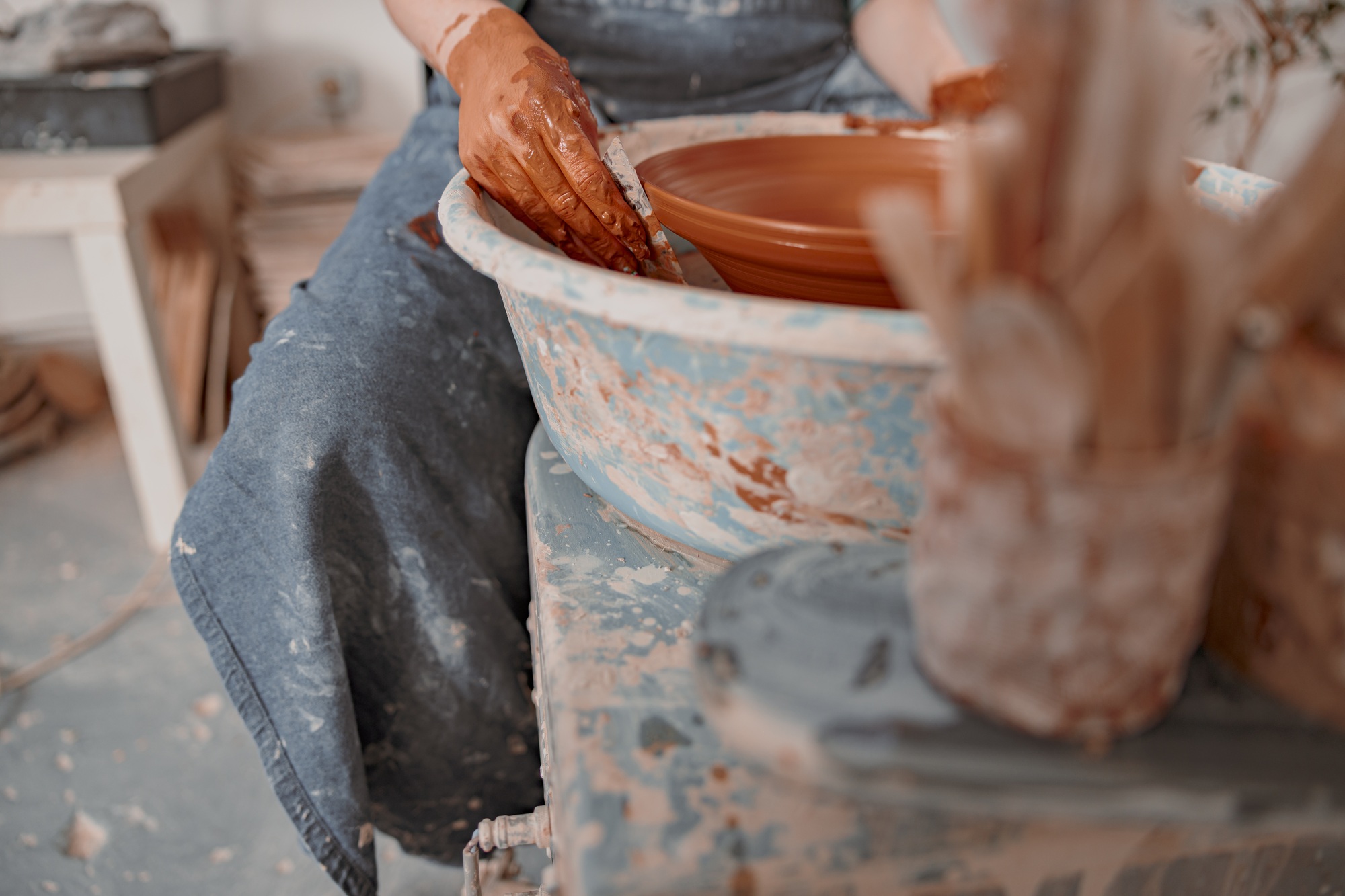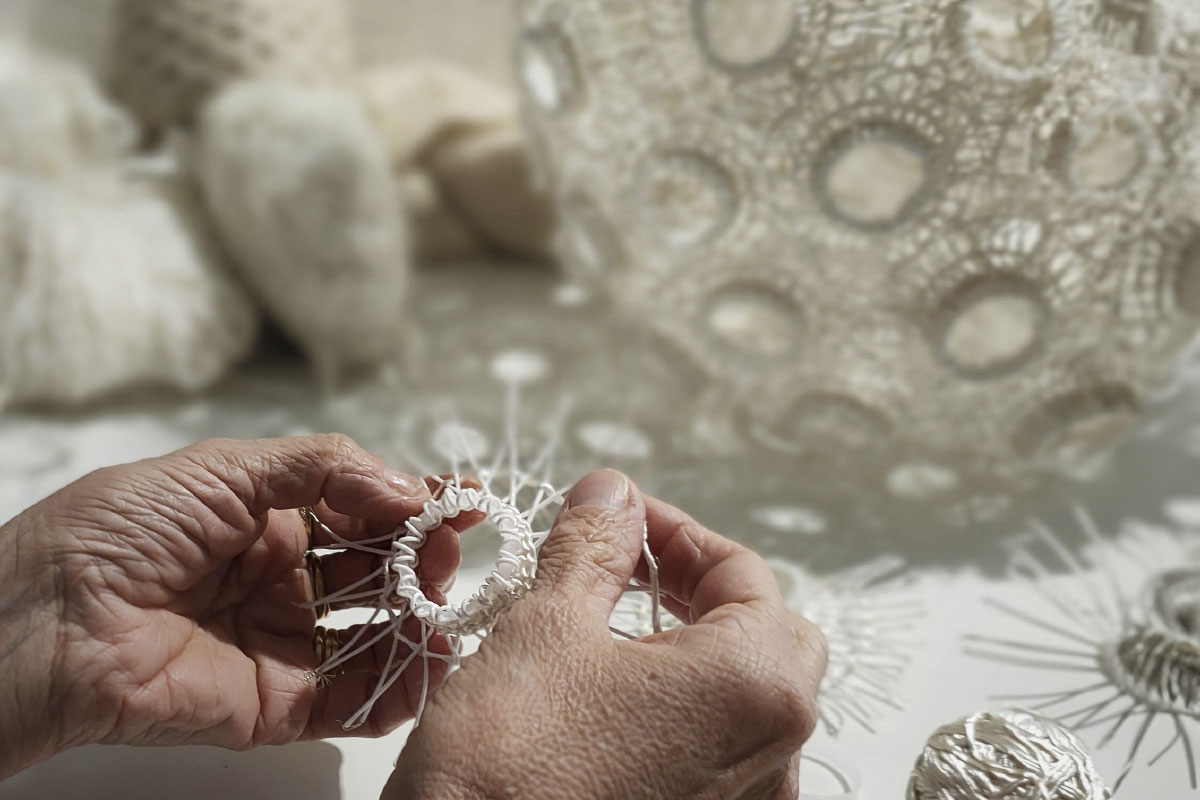In a world increasingly dominated by automation, artificial intelligence, and mass production, the resurgence of arts and crafts is more than a nostalgic trend—it is a cultural movement. Across continents, people are rediscovering the beauty of handmade work, the joy of creativity, and the value of sustainability. Whether through pottery, embroidery, woodworking, or digital illustration, the arts and crafts niche has become a space where tradition meets innovation.
This revival is not just about making beautiful things; it is about restoring balance between human creativity and technology, reconnecting with heritage, and redefining what it means to create in the 21st century.
The Historical Roots of Arts and Crafts
The modern arts and crafts movement has its roots in 19th-century England, where figures like William Morris and John Ruskin reacted against the industrial revolution’s mass production. They believed that craftsmanship had a moral and social value that machinery could never replace. Artisans were seen as visionaries who infused meaning, integrity, and individuality into their work.
From furniture to textiles, the movement celebrated the handmade and the natural. It was both a design philosophy and a social statement: a rejection of soulless production and a call to return to authenticity.
That same spirit resonates today. In an era of fast fashion, disposable design, and algorithm-driven art, modern makers and artists are once again reclaiming the handmade as a form of resistance and renewal.
The Modern Renaissance of Handmade Creativity
The digital age has paradoxically fueled the revival of crafts. Social media platforms like Instagram, Pinterest, and Etsy have given artisans a global stage to showcase their creations. A ceramicist in Japan, a weaver in Mexico, and a jewelry maker in Serbia can now reach audiences thousands of miles away with a single post.
E-commerce has democratized creativity. Once confined to local markets or galleries, artisans can now build entire brands around their crafts, connecting directly with consumers who value originality and quality.
This modern movement is diverse and inclusive. It embraces traditional techniques—such as embroidery, glassblowing, and calligraphy—while also incorporating digital tools like 3D printing, laser cutting, and graphic design. The result is a new hybrid of artistry that combines tactile craftsmanship with technological precision.

Sustainability and the Slow-Made Philosophy
One of the strongest driving forces behind today’s craft revival is the growing awareness of sustainability. People are turning away from disposable consumerism and looking for objects that last—items made with care, intention, and respect for materials.
The “slow-made” philosophy mirrors the principles of the slow food movement: emphasizing quality, locality, and sustainability over speed and volume. Handmade objects are inherently more sustainable because they are produced in small batches, often using recycled, natural, or ethically sourced materials.
Textile artists are reviving traditional dyeing techniques using plants and minerals. Woodworkers are repurposing reclaimed timber into furniture. Ceramicists are creating small-batch tableware designed to last a lifetime.
Each handmade piece carries a story—of the maker, the material, and the moment of creation. In this sense, crafts are not just objects; they are narratives of sustainability and identity.
Craftsmanship as Therapy: The Healing Power of Making
Beyond aesthetics and ethics, arts and crafts have profound psychological benefits. In a world overwhelmed by digital screens and mental fatigue, crafting offers a therapeutic escape. The act of creating with one’s hands engages the mind in a meditative, calming process that reduces stress and enhances mindfulness.
Studies have shown that repetitive activities like knitting, carving, or painting can lower anxiety levels, improve mood, and even aid in recovery from trauma. Psychologists refer to this as “creative flow”—a mental state of deep focus and fulfillment.
For many, crafting has become a form of self-care and emotional expression. The growing popularity of adult coloring books, DIY kits, and pottery workshops reflects a collective yearning to slow down, disconnect, and create something tangible.
The Role of Arts and Crafts in Education
Arts and crafts play a vital role in education, nurturing creativity, problem-solving, and emotional intelligence. In a world where STEM (science, technology, engineering, and mathematics) dominates curriculums, the inclusion of “A” for “Arts” transforms STEM into STEAM—a recognition that creativity is as essential as logic in innovation.
Hands-on activities help students develop fine motor skills, spatial awareness, and confidence. Beyond technical skill, crafting fosters patience, collaboration, and appreciation for detail—qualities often overlooked in the digital classroom.
Many educators are reintroducing crafts into school programs not just as an art form but as a life skill. Teaching children to sew, sculpt, or build not only develops creativity but also empowers them with practical knowledge and self-expression.
Cultural Heritage and the Preservation of Tradition
Across the globe, traditional crafts serve as living embodiments of culture and history. Indigenous beadwork, African weaving, Japanese ceramics, and Balkan embroidery each carry generations of knowledge passed from artisan to apprentice.
However, many of these traditions face extinction as industrialization and modernization replace manual skills with machinery. Fortunately, new generations of artists are working to preserve and reinterpret these crafts, blending traditional techniques with contemporary aesthetics.
Organizations and cultural initiatives now support local artisans through training programs, exhibitions, and online platforms. By buying handmade crafts, consumers not only acquire unique items but also contribute to the preservation of global heritage.
Technology and the Future of Craft
The intersection of technology and craft is one of the most exciting developments in the modern creative landscape. While traditionalists may view technology as a threat to authenticity, many artisans see it as an ally.
Digital design tools allow artists to visualize and prototype their ideas with precision. Laser cutters and 3D printers make it possible to create intricate patterns that would take weeks by hand. Yet the final touch—the sanding, stitching, glazing—remains deeply human.
This blending of analog and digital skills has given rise to “neo-craftsmanship,” where innovation enhances, rather than replaces, tradition. Artists now experiment with bio-materials, augmented reality installations, and digital embroidery, proving that craftsmanship evolves with time while retaining its soul.
Community and Connection Through Craft
The arts and crafts movement is also about community. Workshops, maker spaces, and craft fairs bring people together to learn, share, and collaborate. These spaces serve as creative ecosystems where professionals and hobbyists alike exchange ideas and inspire one another.
During the COVID-19 pandemic, online craft communities flourished. Virtual classes, DIY challenges, and digital exhibitions connected millions worldwide who sought comfort in creativity. That sense of shared passion continues today, forming networks of artisans who support each other across borders.
The communal aspect of craftmaking reminds us that creativity thrives not in isolation but in connection. It is both a personal act of creation and a collective celebration of artistry.
The Economic Impact of Handmade Work
Beyond cultural and emotional value, the crafts industry also represents a significant economic force. The global handmade market is worth billions, driven by consumer demand for authenticity and individuality.
Platforms like Etsy, Shopify, and local craft markets allow artisans to monetize their skills and build small businesses. Many craftspeople are turning their hobbies into livelihoods, proving that creativity and entrepreneurship can coexist.
This shift also empowers local economies, especially in developing regions where craft traditions provide sustainable employment for women and rural communities. By valuing craftsmanship, society not only preserves heritage but also fosters economic resilience.

Conclusion: The Enduring Art of Making
In an era where technology accelerates life, the arts and crafts movement reminds us to slow down and reconnect—with our hands, our culture, and our humanity. Every handmade object, no matter how small, is an act of resistance against uniformity and disposability.
Crafting invites us to embrace imperfection, celebrate process over product, and find meaning in creation itself. It bridges the past and future, blending ancient skills with modern tools.
Ultimately, the revival of arts and crafts is more than a trend—it is a testament to the enduring human desire to create, to connect, and to leave a piece of ourselves in everything we make.

